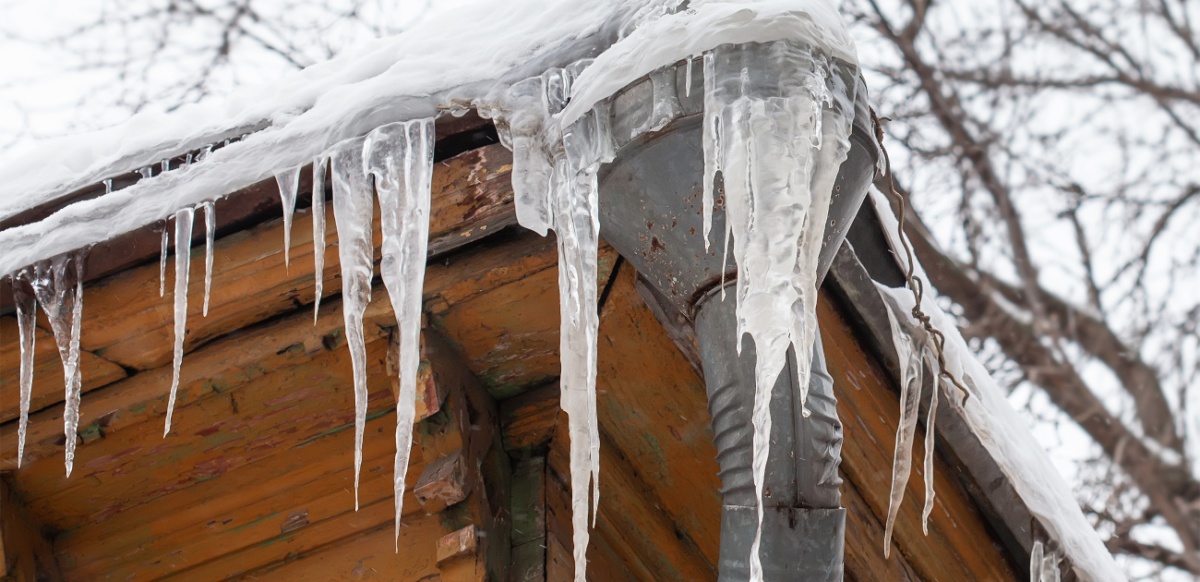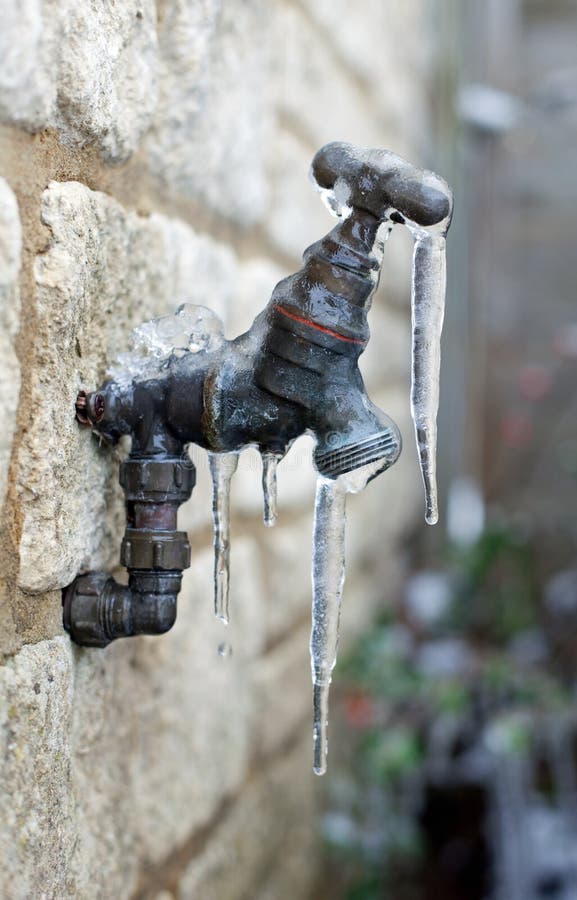How to Prevent Frozen Pipes in Winter: Professional Guidance
How to Prevent Frozen Pipes in Winter: Professional Guidance
Blog Article
Were you hunting for answers concerning How To Avoid Freezing Pipes?

Cold weather can damage your plumbing, particularly by freezing pipelines. Below's how to avoid it from occurring and what to do if it does.
Introduction
As temperature levels drop, the danger of icy pipelines rises, possibly bring about costly repairs and water damage. Recognizing how to prevent frozen pipelines is important for homeowners in chilly environments.
Avoidance Tips
Insulating susceptible pipelines
Cover pipelines in insulation sleeves or make use of warmth tape to shield them from freezing temperatures. Focus on pipelines in unheated or exterior locations of the home.
Home heating strategies
Maintain indoor rooms effectively warmed, particularly areas with pipes. Open up closet doors to allow warm air to flow around pipes under sinks.
Just how to identify frozen pipes
Search for decreased water flow from faucets, unusual smells or sounds from pipes, and noticeable frost on subjected pipelines.
Long-Term Solutions
Structural changes
Consider rerouting pipes far from outside wall surfaces or unheated areas. Add extra insulation to attics, basements, and crawl spaces.
Updating insulation
Invest in high-quality insulation for pipes, attic rooms, and wall surfaces. Appropriate insulation aids preserve constant temperature levels and minimizes the danger of frozen pipes.
Securing Outdoor Pipes
Garden pipes and outside faucets
Separate and drain pipes yard hoses before winter season. Set up frost-proof spigots or cover outdoor faucets with protected caps.
Understanding Frozen Pipelines
What creates pipelines to freeze?
Pipelines freeze when exposed to temperatures listed below 32 ° F (0 ° C) for extended periods. As water inside the pipelines ices up, it broadens, taxing the pipeline wall surfaces and possibly triggering them to rupture.
Dangers and damages
Frozen pipes can result in water disruptions, residential property damage, and costly repairs. Burst pipes can flooding homes and cause considerable architectural damage.
Indications of Frozen Pipeline
Recognizing frozen pipelines early can stop them from rupturing.
What to Do If Your Pipes Freeze
Immediate actions to take
If you think frozen pipes, maintain taps open up to ease stress as the ice melts. Utilize a hairdryer or towels soaked in hot water to thaw pipes gradually.
Conclusion
Preventing icy pipes needs positive steps and fast feedbacks. By understanding the reasons, indicators, and safety nets, house owners can safeguard their plumbing during cold weather.
5 Ways to Prevent Frozen Pipes
Drain Outdoor Faucets and Disconnect Hoses
First, close the shut-off valve that controls the flow of water in the pipe to your outdoor faucet. Then, head outside to disconnect and drain your hose and open the outdoor faucet to allow the water to completely drain out of the line. Turn off the faucet when done. Finally, head back to the shut-off valve and drain the remaining water inside the pipe into a bucket or container. Additionally, if you have a home irrigation system, you should consider hiring an expert to clear the system of water each year.
Insulate Pipes
One of the best and most cost-effective methods for preventing frozen water pipes is to wrap your pipes with insulation. This is especially important for areas in your home that aren’t exposed to heat, such as an attic. We suggest using foam sleeves, which can typically be found at your local hardware store.
Keep Heat Running at 65
Your pipes are located inside your walls, and the temperature there is much colder than the rest of the house. To prevent your pipes from freezing, The Insurance Information Institute suggests that you keep your home heated to at least 65 degrees, even when traveling. You may want to invest in smart devices that can keep an eye on the temperature in your home while you’re away.
Leave Water Dripping
Moving water — even a small trickle — can prevent ice from forming inside your pipes. When freezing temps are imminent, start a drip of water from all faucets that serve exposed pipes. Leaving a few faucets running will also help relieve pressure inside the pipes and help prevent a rupture if the water inside freezes.
Open Cupboard Doors
Warm your kitchen and bathroom pipes by opening cupboards and vanities. You should also leave your interior doors ajar to help warm air circulate evenly throughout your home.

As an enthusiastic person who reads on Helpful Tips to Prevent Frozen Pipes this Winter, I thought sharing that piece of content was essential. Liked our blog? Please quickly share it. Let somebody else locate it. Thank you so much for going through it.
Article Report this page